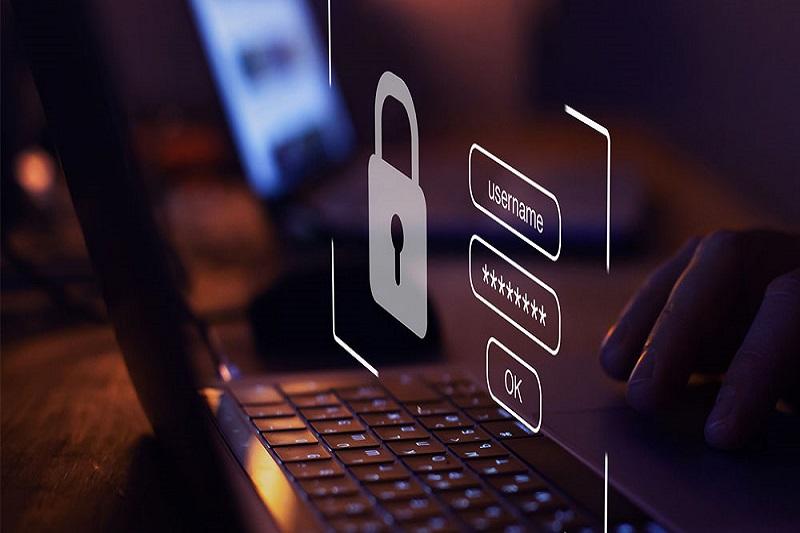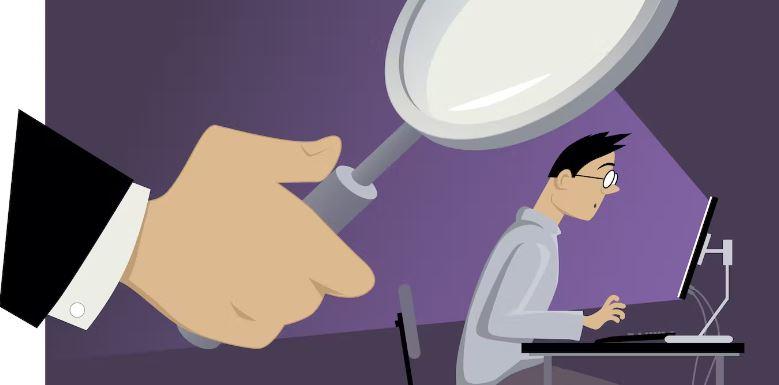Why Do Users Take No Action To Protect Their Privacy Even After Receiving A Data Breach Alert?
According To The U.S. Identity Theft Resource Center, And Research Firm DIG. Works, Few Users Take Serious Steps To Protect Their Privacy After Receiving A Data Breach Alert.
The report, which was obtained as a result of a survey of 1,050 American adult users, found that 16 percent of the participants in the research did not take any action after receiving a warning about a data breach. This data breach, in most cases, leads to the leaking of account information. Information obtained from these accounts can also use for fraud.
In the report, 48 percent of research participants changed the passwords of accounts affected by the breach after learning of the attack, and only 22 percent changed all of their passwords.
Eva Velasquez, CEO of ITRC (a San Diego-based non-profit organization founded to assist identity theft victims and user education); “When we asked the 16 percent who had taken no action why they remained indifferent when they received a data breach alert, 26 percent believed had accessed their data, and there was nothing they could do about it,” he said. However, they make mistakes, and sometimes, the disaster burden can reduce by taking measures.
“Depending on what data is compromised, there are steps that can help them minimize their risk,” Eva Velasquez told TechNewsWorld.
Velasquez added that the 17 percent of users who didn’t take action when they received an alert didn’t know what to do. Growing indifference and pessimism of users
“When we look at these reasons, we realize that the way people are being informed is incomplete and ineffective,” Velasquez said. “We need to re-evaluate how we inform users.”
Sario Nayar, CEO of Gurucul, an El Segundo-based threat intelligence firm, believes that “getting an alert about users’ data is a bit disconcerting, but it’s not something they want to worry too much about.” “Because users think that nothing bad will happen to their accounts.”
Ray Pugh, Expel’s director of security operations, confirmed that ignorance and indifference might play a role in ignoring data breach warnings. “Some users may not fully understand what a data breach warning means and what the implications are, while others understand but are indifferent to it,” he told TechNewsWorld.
Security awareness trainer James McGuigan believes that given the lack of training in this area, it shouldn’t be surprising that so many users ignore security warnings.
John Gilmore, Abine’s research director, said: “People are not convinced about the effectiveness of security measures. They spend their time changing privacy settings they do, but at the same time, They say they don’t think it makes much of a difference.” He added: “This issue is part of the growing skepticism in public opinion about the integrity of institutions to do what they say they will do.”
Is blocking accounts a good solution?
The ITRC/DIG survey found that only three percent of users blocked their accounts after learning of a data breach to prevent new accounts from being created. However, Velasquez said accounts don’t have to be suspended for every data breach. He added: “If your usernames and passwords have been exposed in a data breach, your first step should not be to block your account because it makes no sense at all.”
Your first step is to change your username and password. On the other hand, if sensitive data needed to open a new financial account has been compromised, blocking accounts should be part of your security measures.”
“People whose data has been breached may think that thousands of people have been involved; they are confident that will not use the information to harm them personally,” he said.
Using the same passwords for different accounts
As for passwords, the ITRC/DIG researchers found that only 15 percent of participants used unique passwords for each of their accounts. The rest admitted to using the same passwords for different accounts. Meanwhile, only 8% of respondents said they protect their passwords to prevent identity theft and fraud.
Using the same password is more accessible than remembering different passwords.
However, using different passwords to protect your accounts would be best. Also, note that using the same passwords in other arrangements can be as dangerous as using the same.












